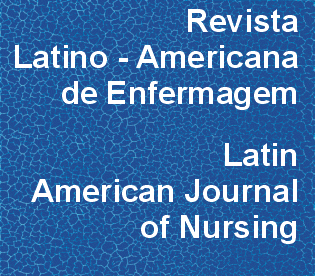Applying Nightingale charts to evaluate the heterogeneity of biomedical waste in a Hospital
DOI:
https://doi.org/10.1590/0104-1169.3309.2499Abstract
OBJECTIVES: to evaluate the heterogeneity of biomedical waste (BW) using Nightingale charts. METHOD: cross-sectional study consisting of data collection on wastes (direct observation of receptacles, physical characterisation, and gravimetric composition), development of a Management Information System, and creation of statistical charts. RESULTS: the wastes with the greatest degree of heterogeneity are, in order, recyclable, infectious, and organic wastes; chemical waste had the most efficient segregation; Nightingale charts are useful for quick visualisation and systematisation of information on heterogeneity. CONCLUSION: the development of a management information system and the use of Nightingale charts allows for the identification and correction of errors in waste segregation, which increase health risks and contamination by infectious and chemical wastes and reduce the sale and profit from recyclables.Downloads
Download data is not yet available.
Downloads
Published
2014-12-01
Issue
Section
Original Articles
License
RLAE’s authorship concept is based on the substantial contribution by each of the individuals listed as authors, mainly in terms of conceiving and planning the research project, collecting or analyzing and interpreting data, writing and critical review. Indication of authors’ names under the article title is limited to six. If more, authors are listed on the online submission form under Acknowledgements. The possibility of including more than six authors will only be examined on multicenter studies, considering the explanations presented by the authors.Including names of authors whose contribution does not fit into the above criteria cannot be justified. Those names can be included in the Acknowledgements section.
Authors are fully responsible for the concepts disseminated in their manuscripts, which do not necessarily reflect the editors’ and editorial board’s opinion.
How to Cite
Applying Nightingale charts to evaluate the heterogeneity of biomedical waste in a Hospital . (2014). Revista Latino-Americana De Enfermagem, 22(6), 942-949. https://doi.org/10.1590/0104-1169.3309.2499



